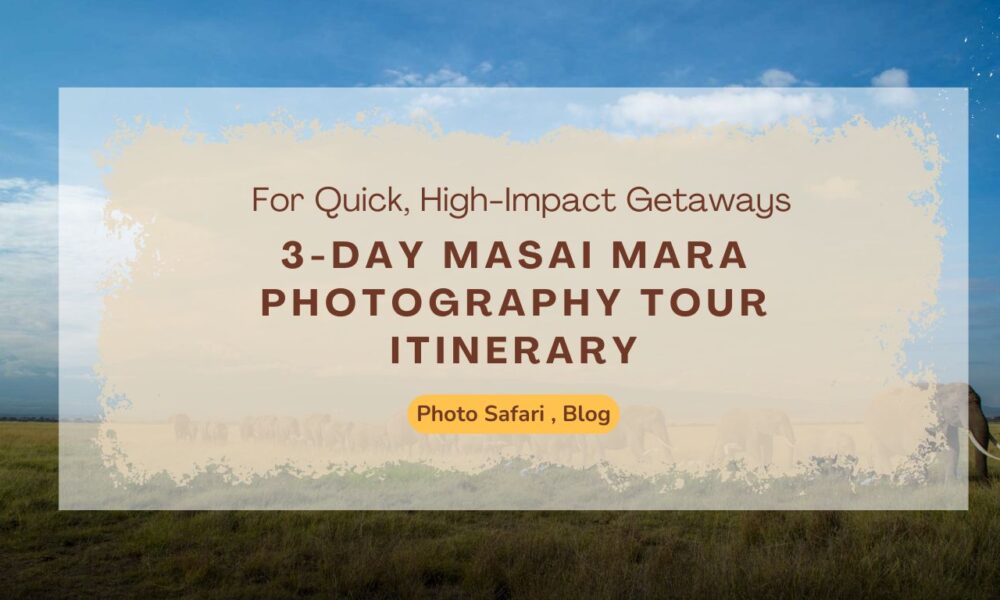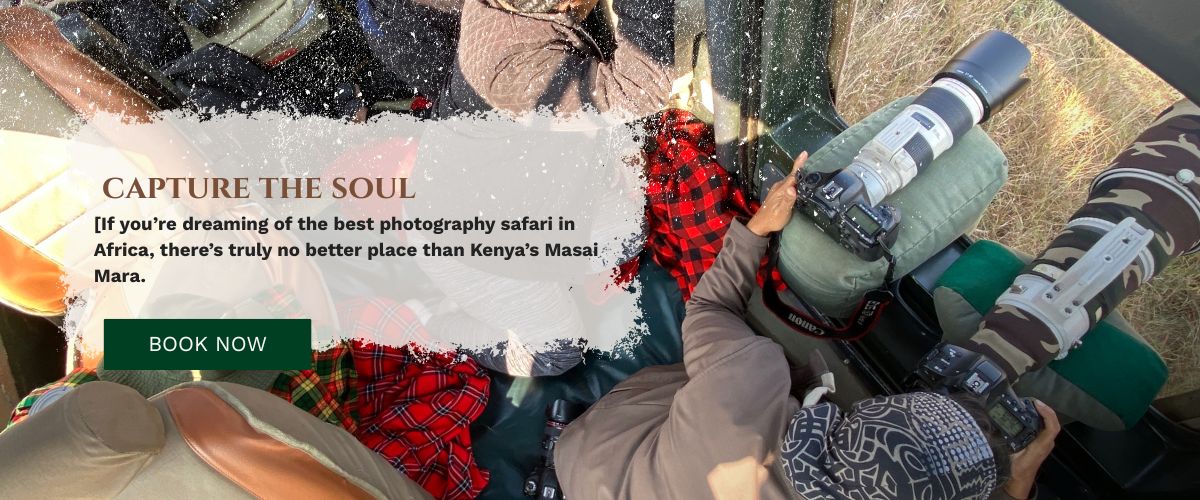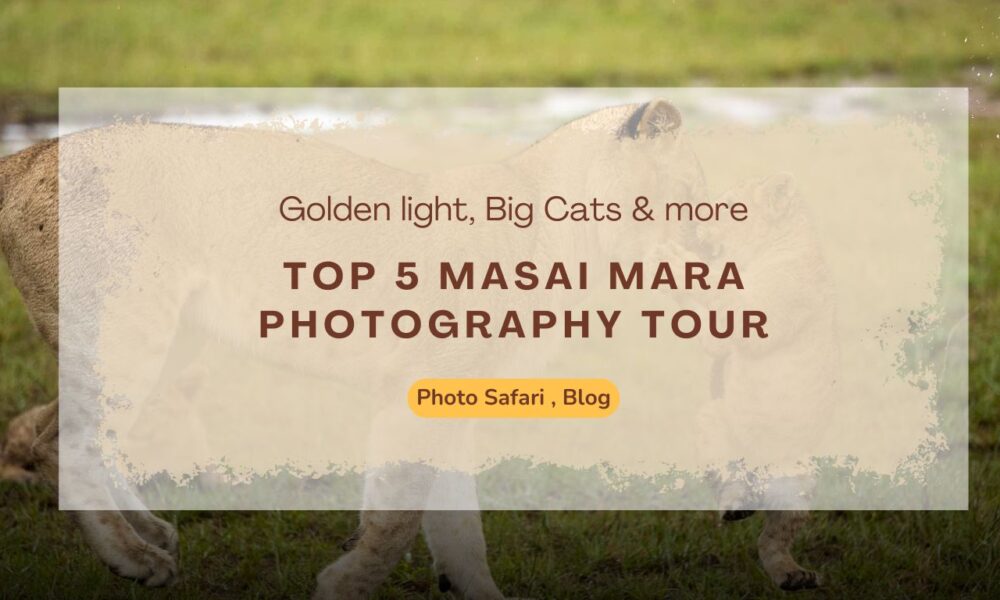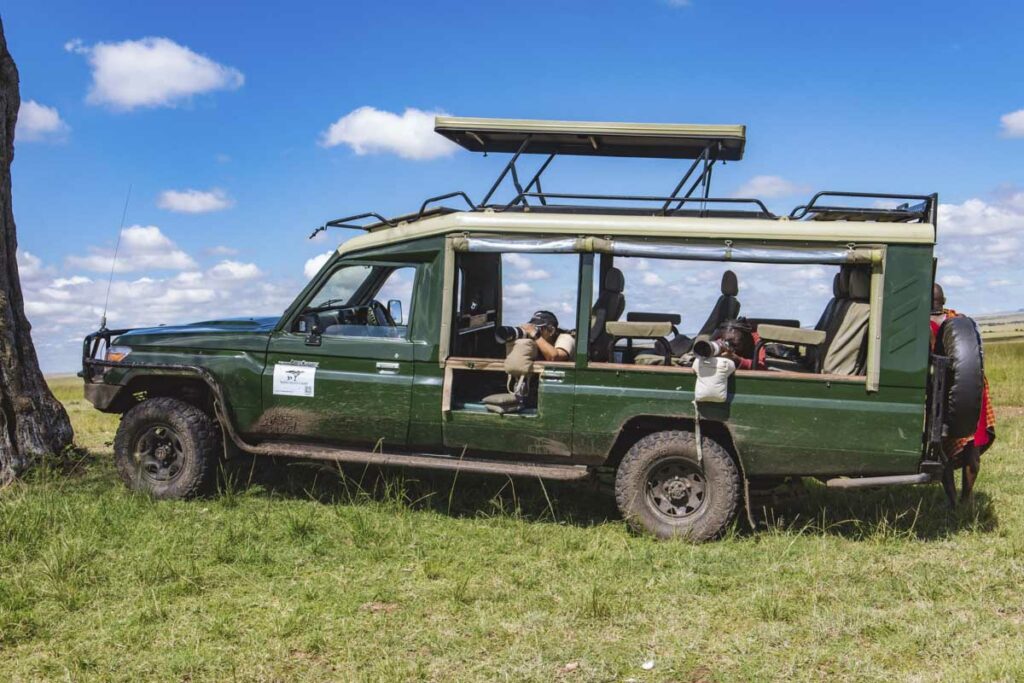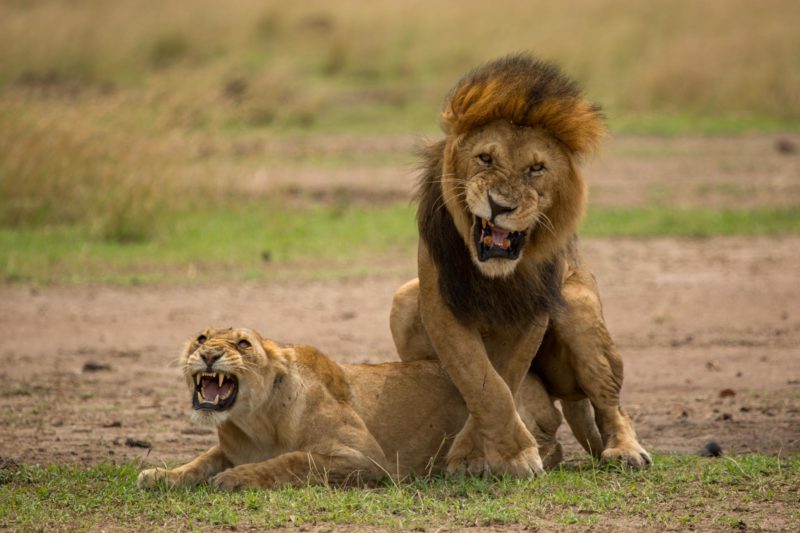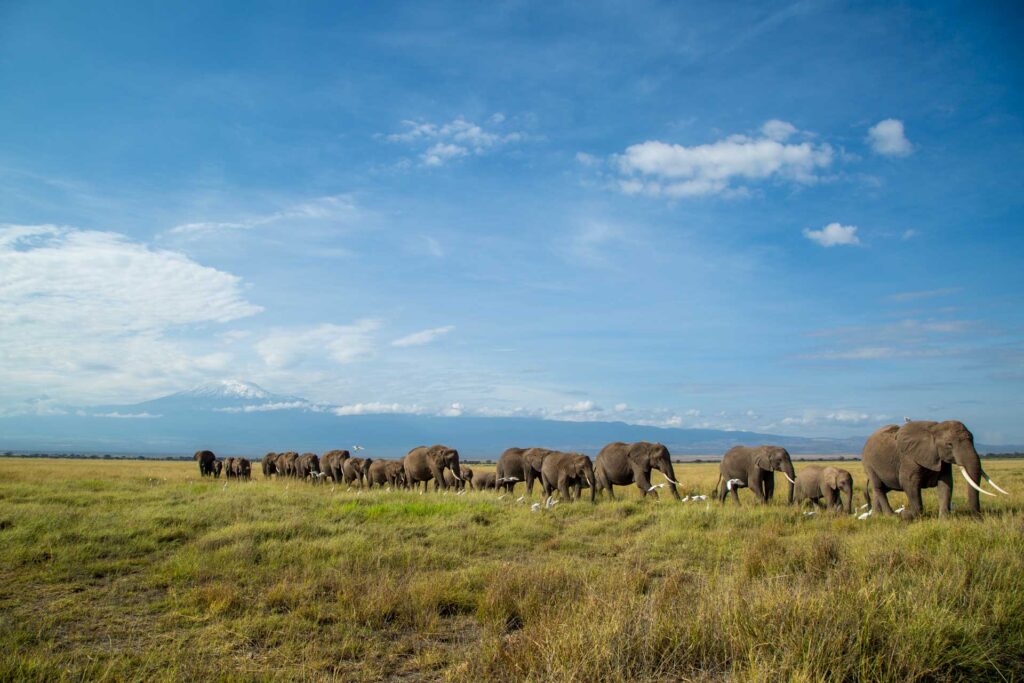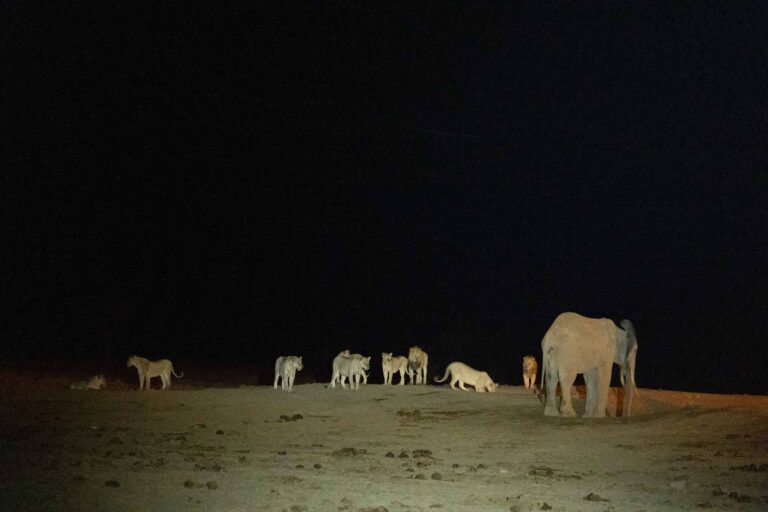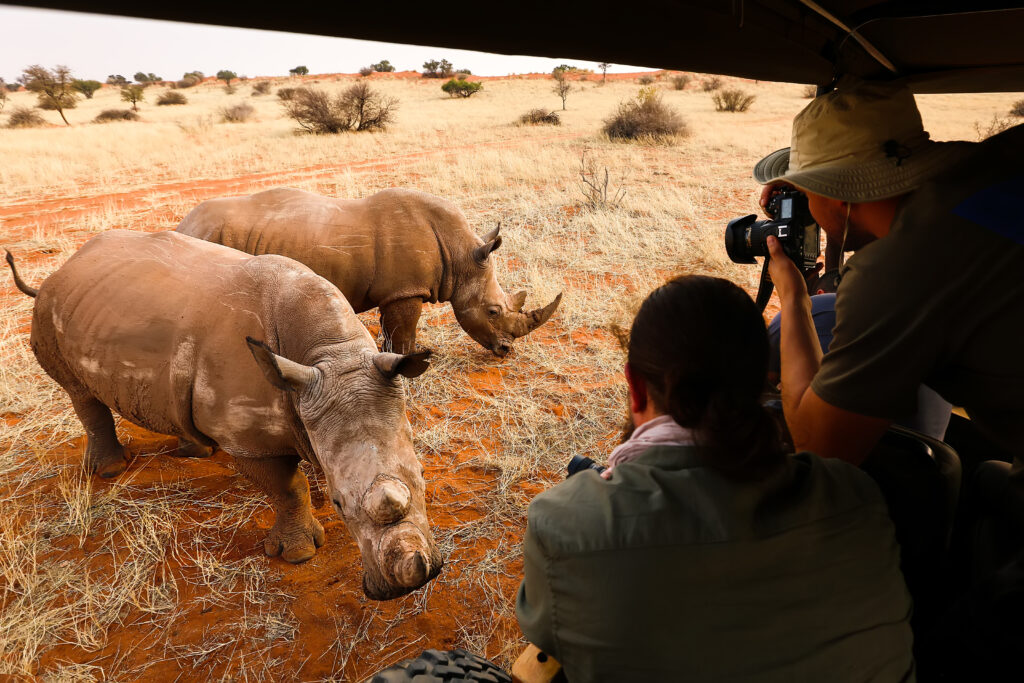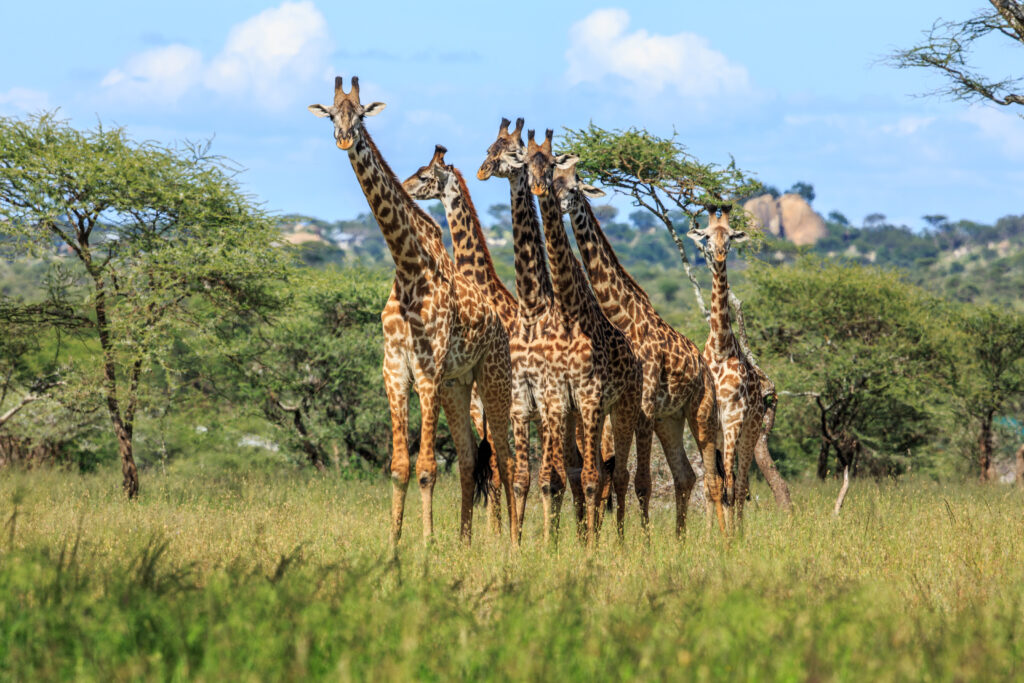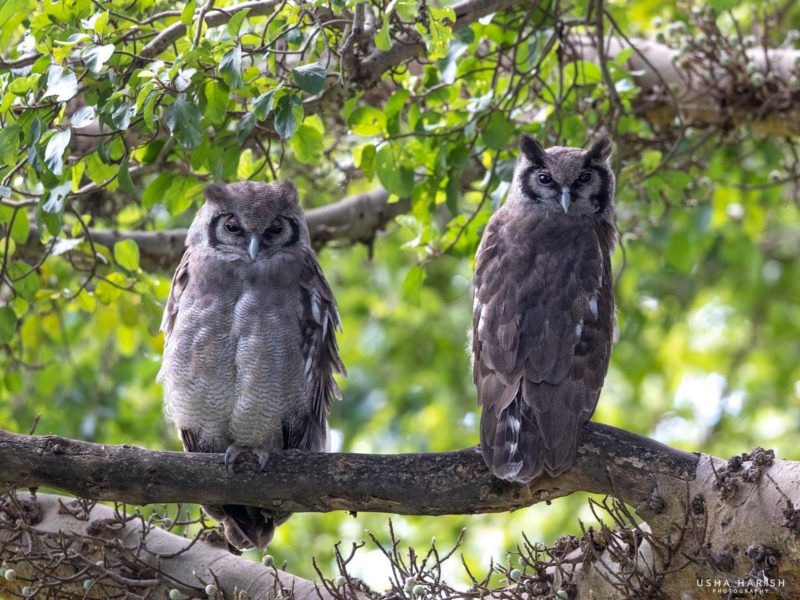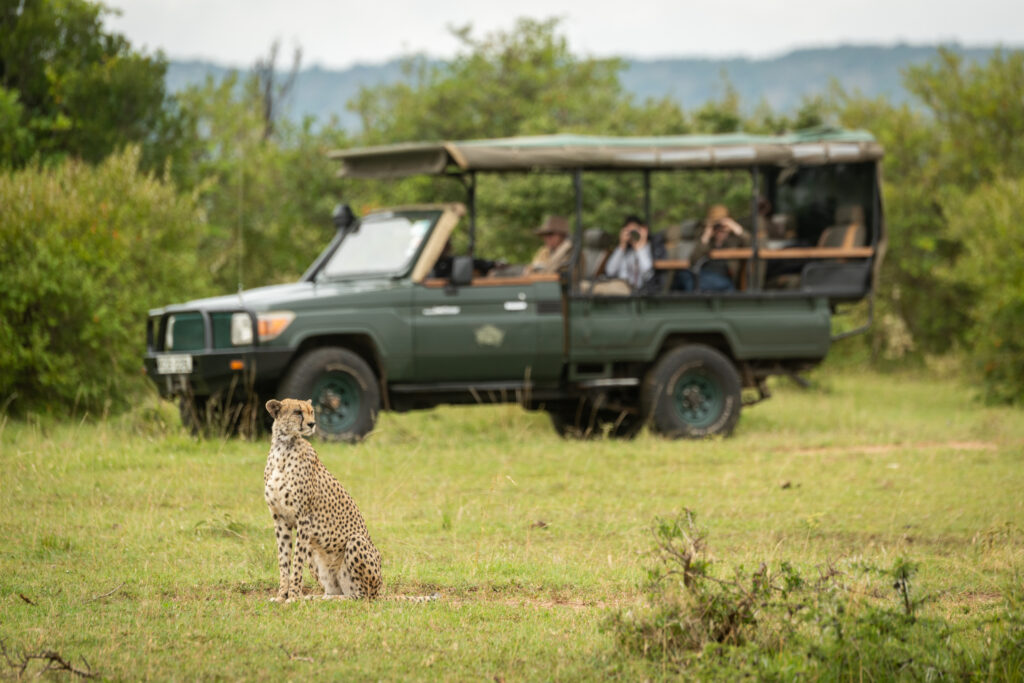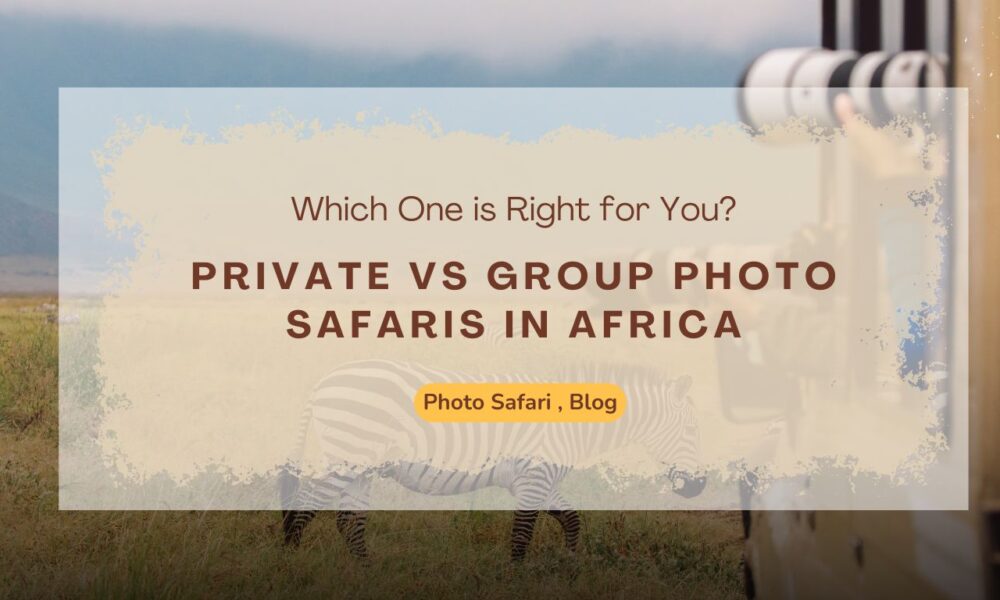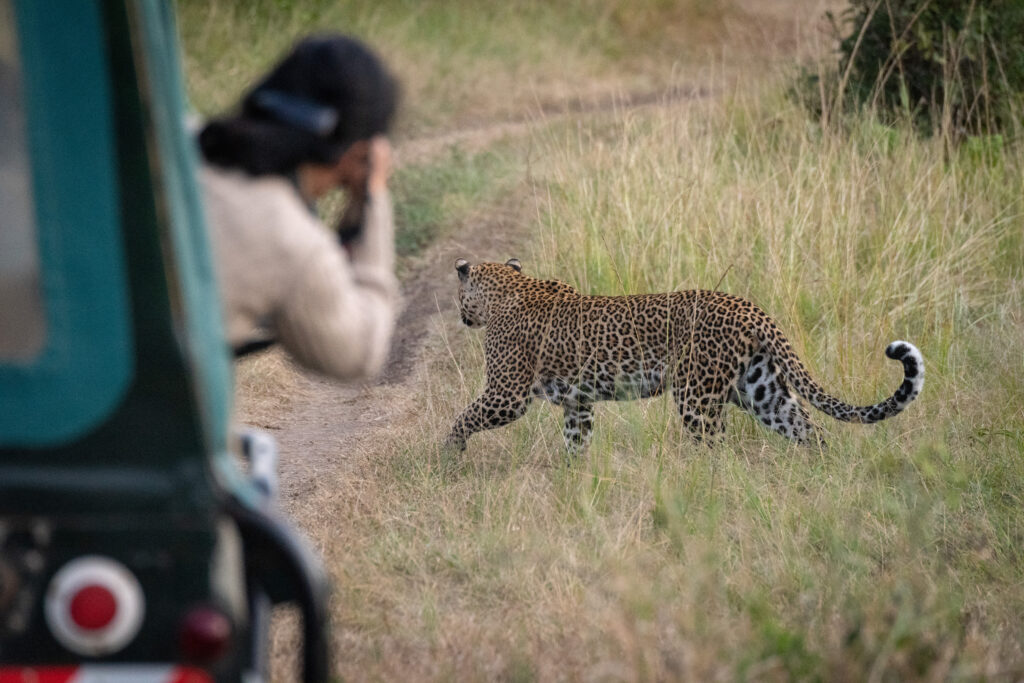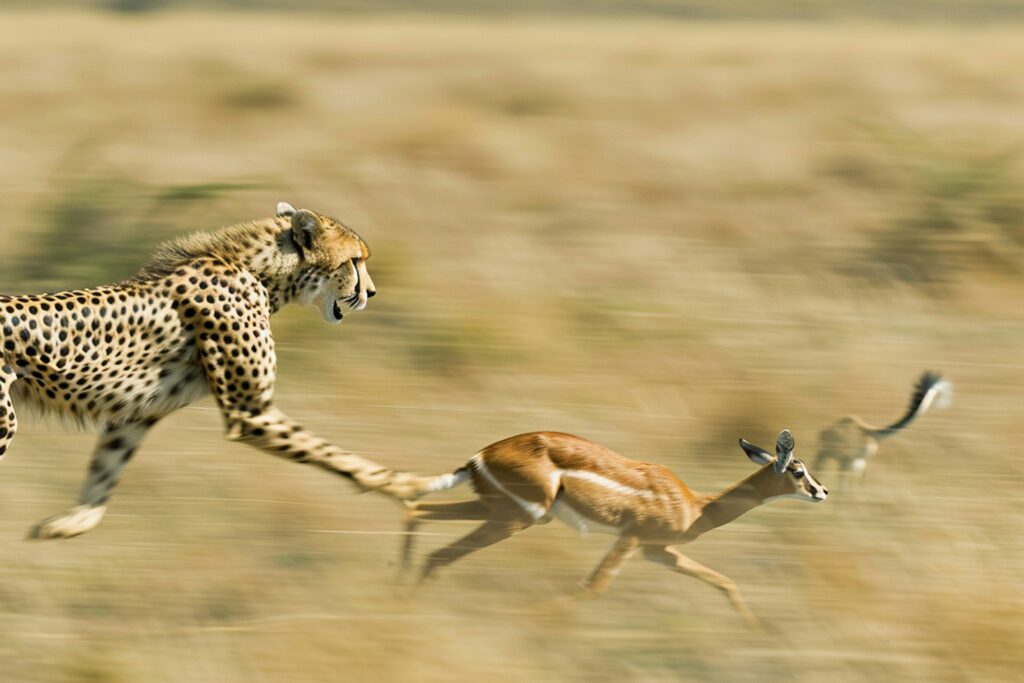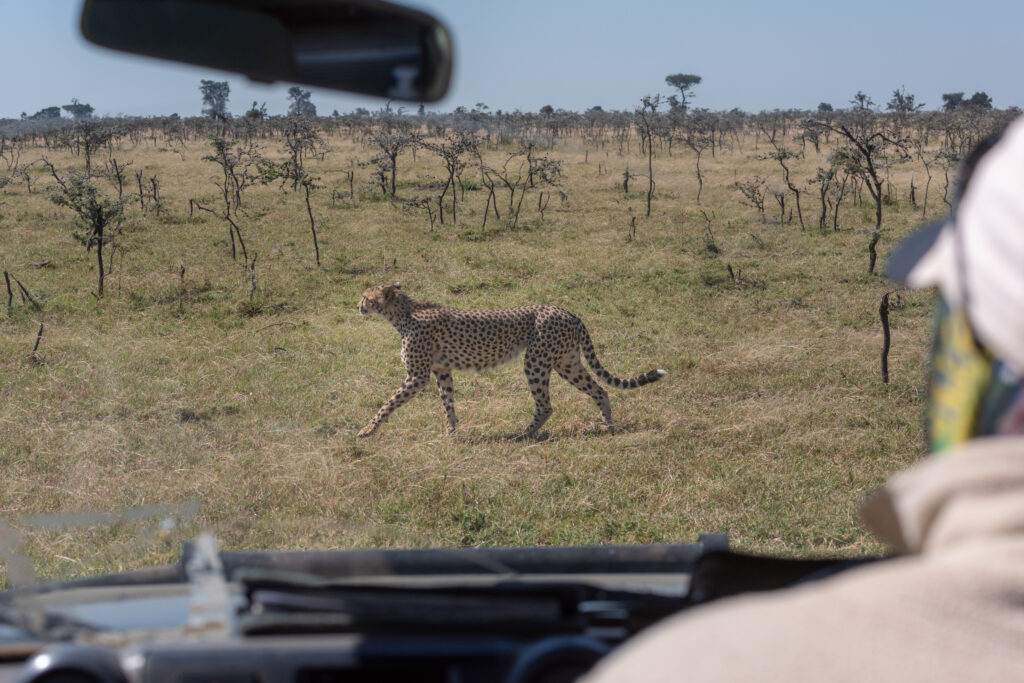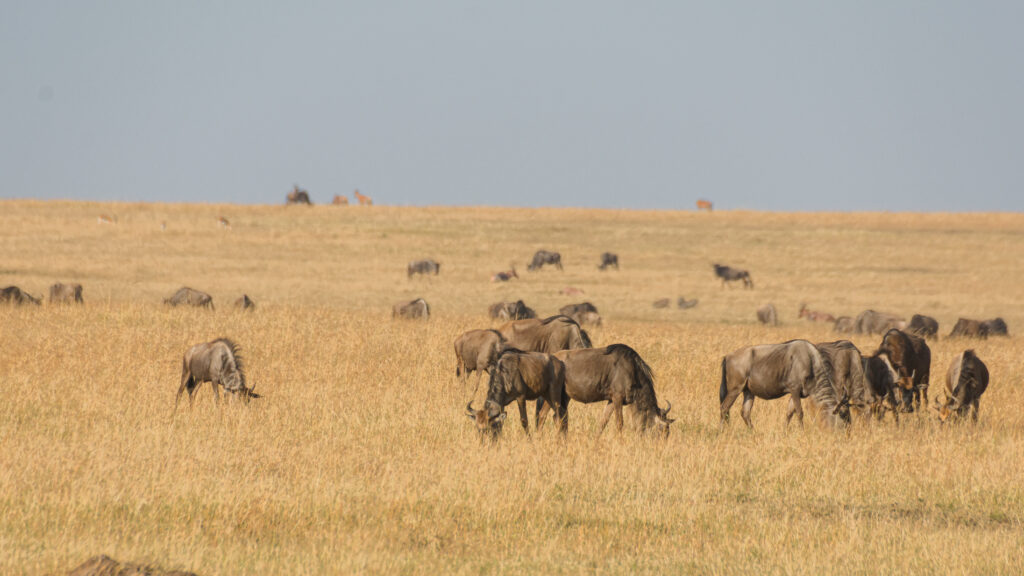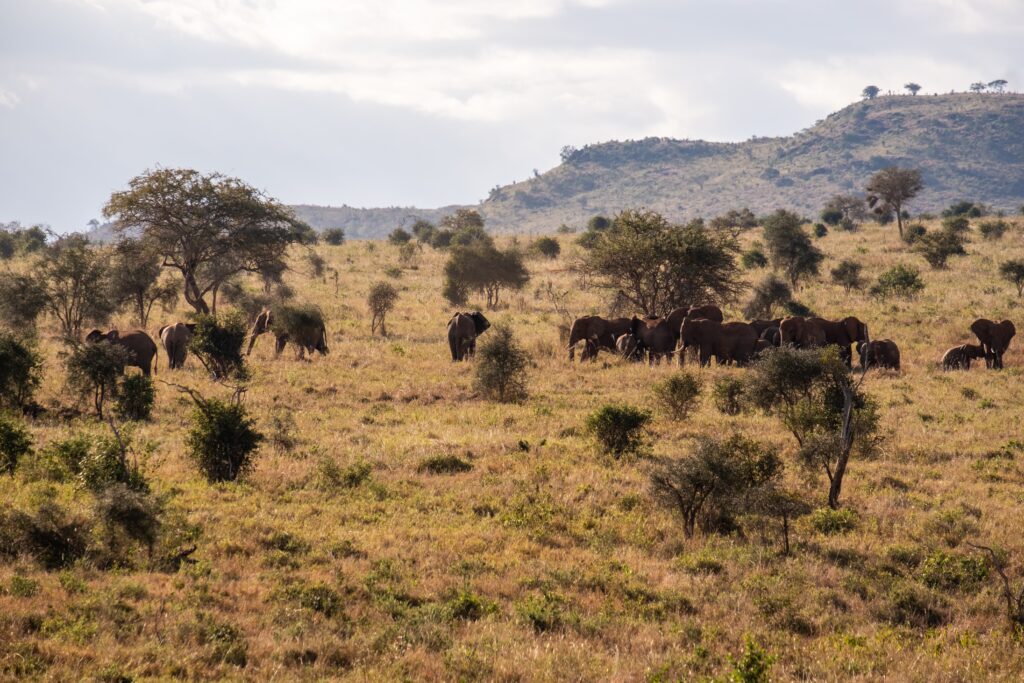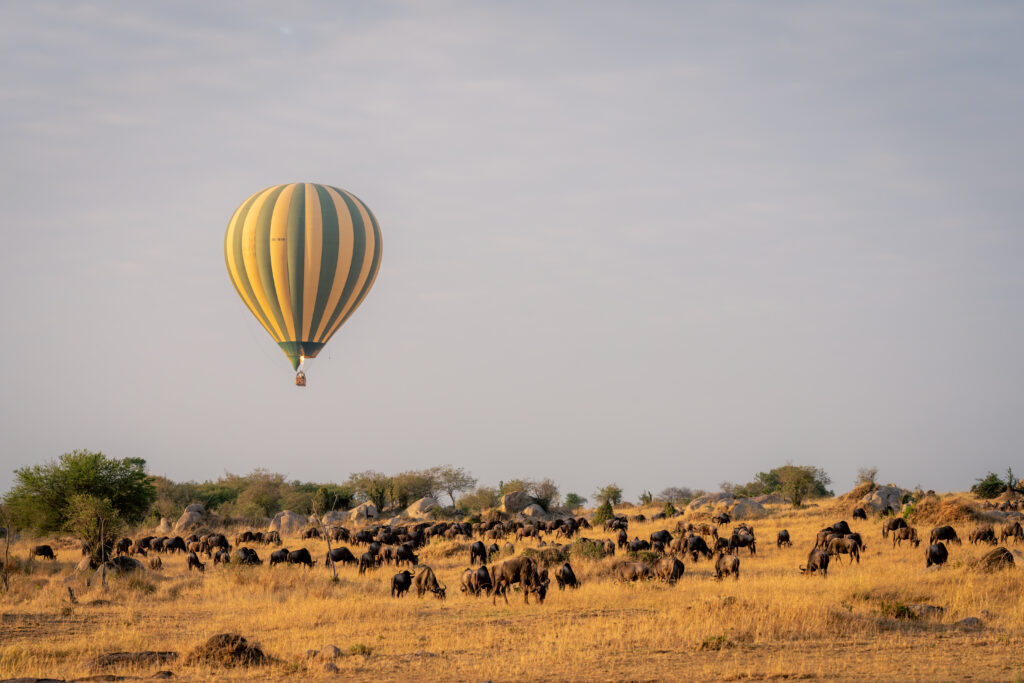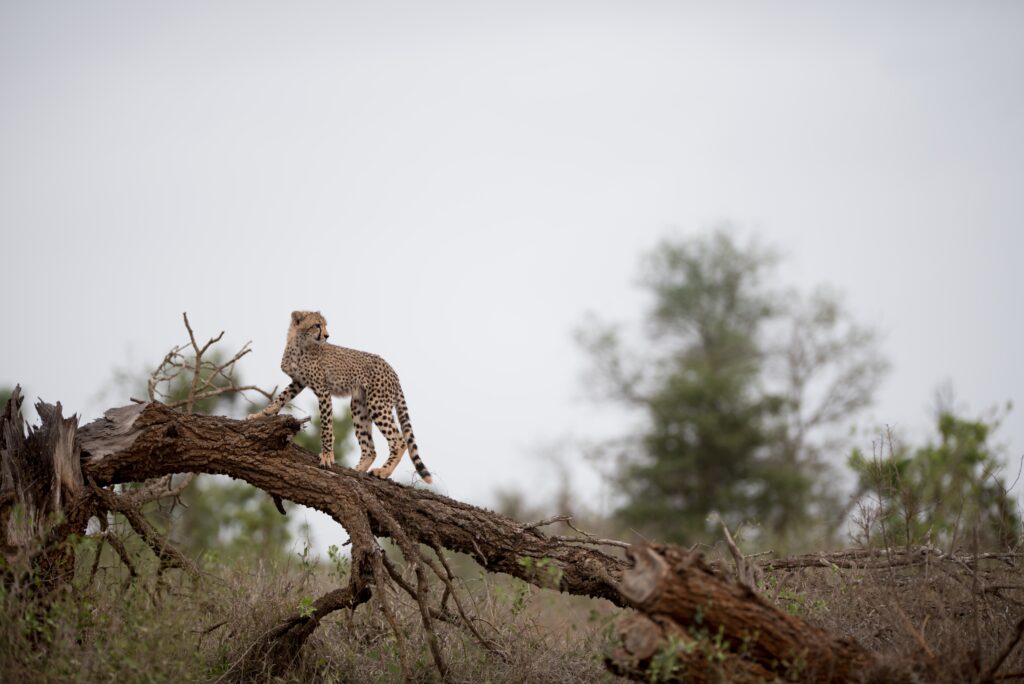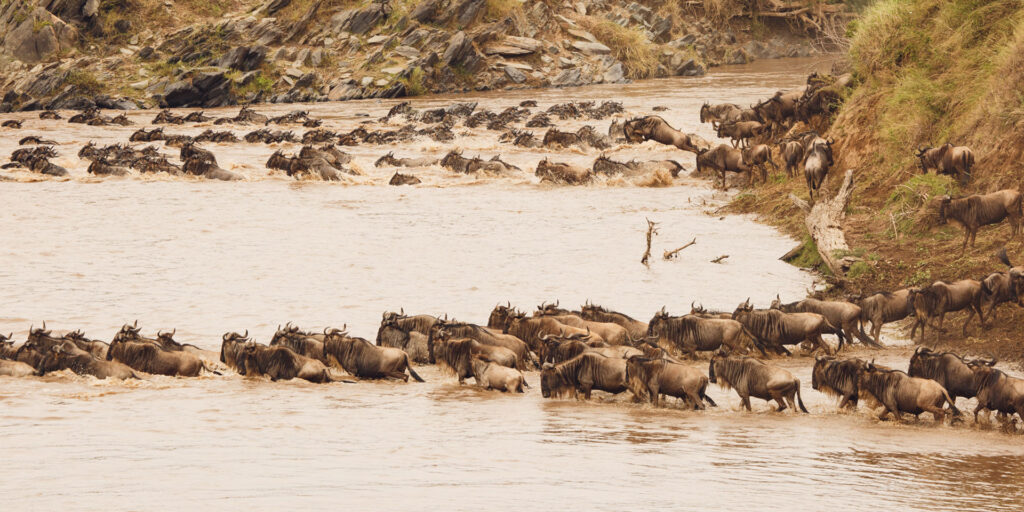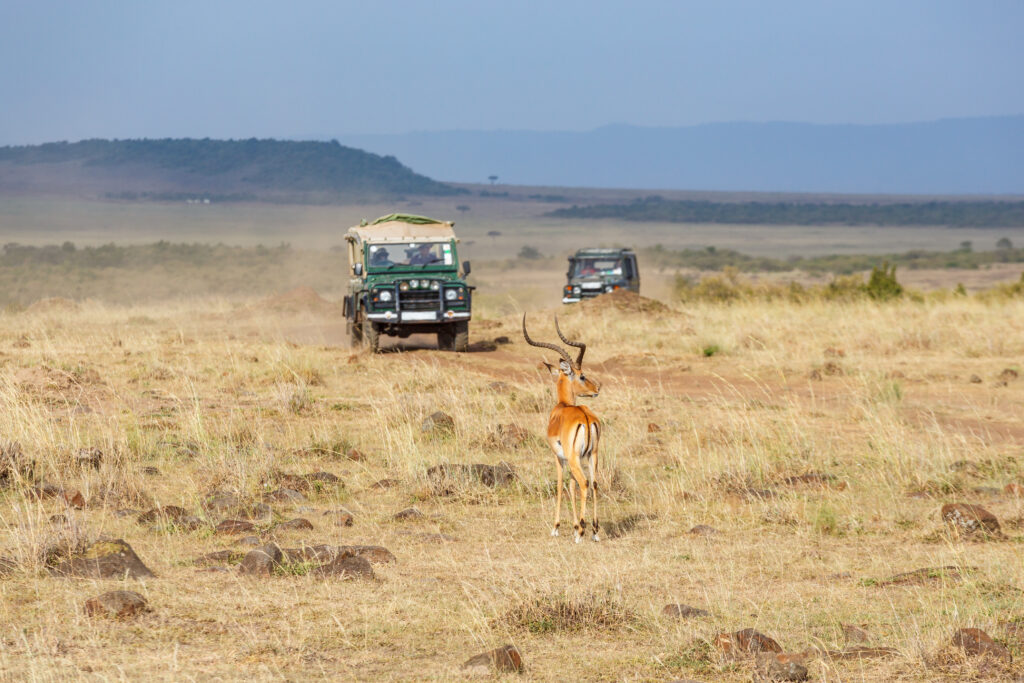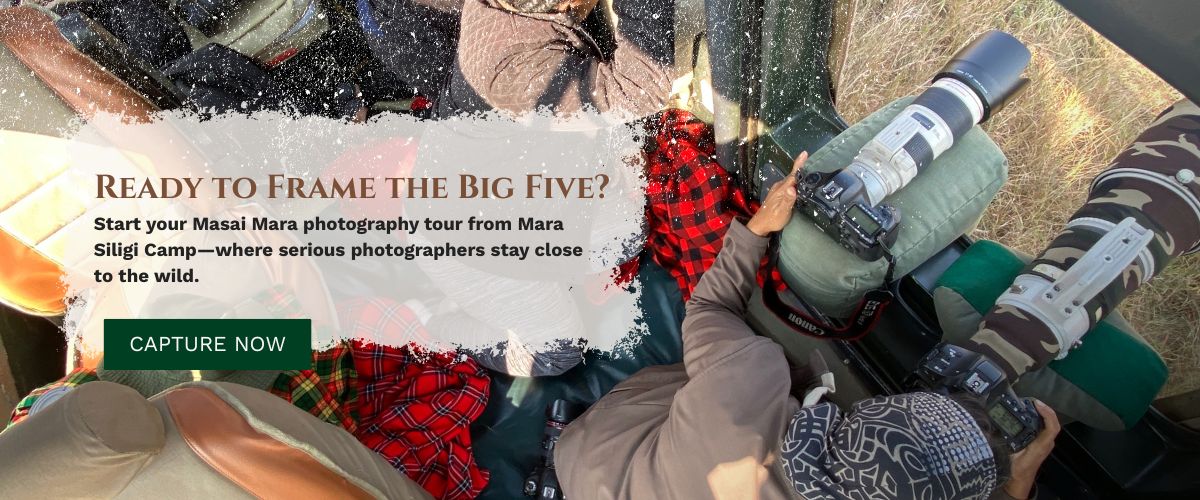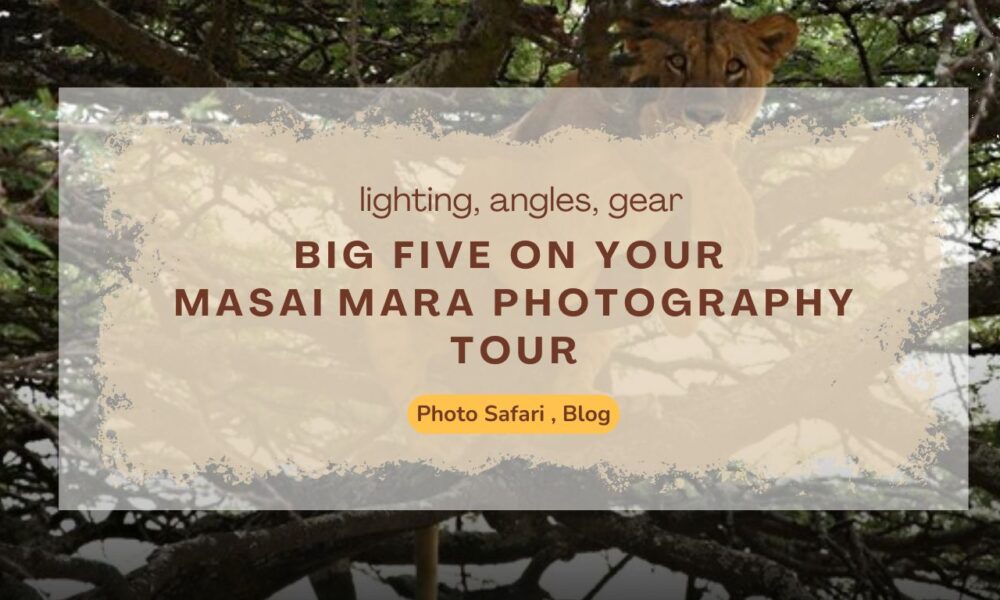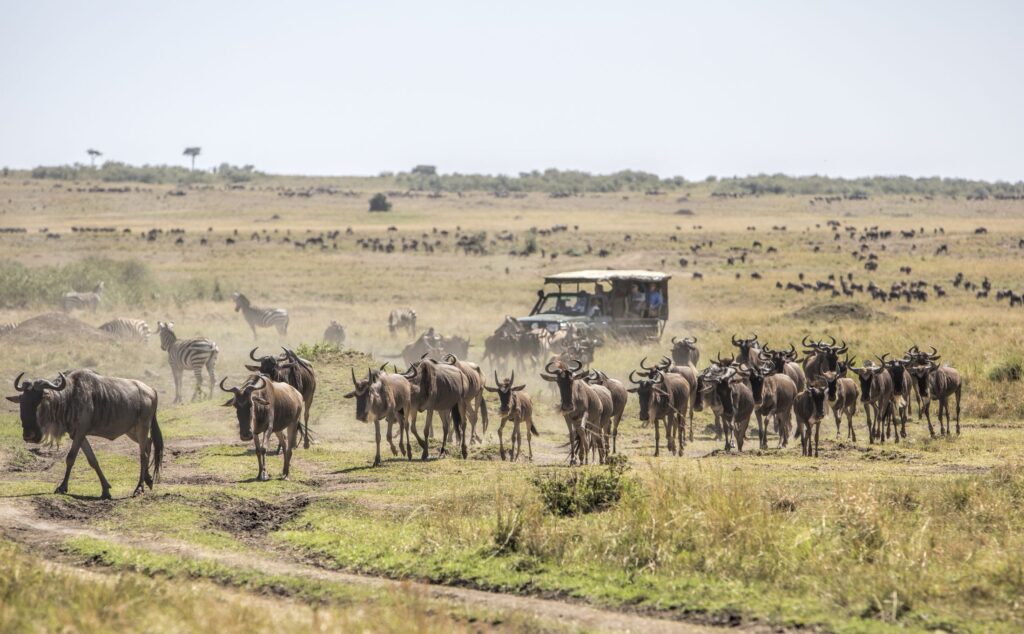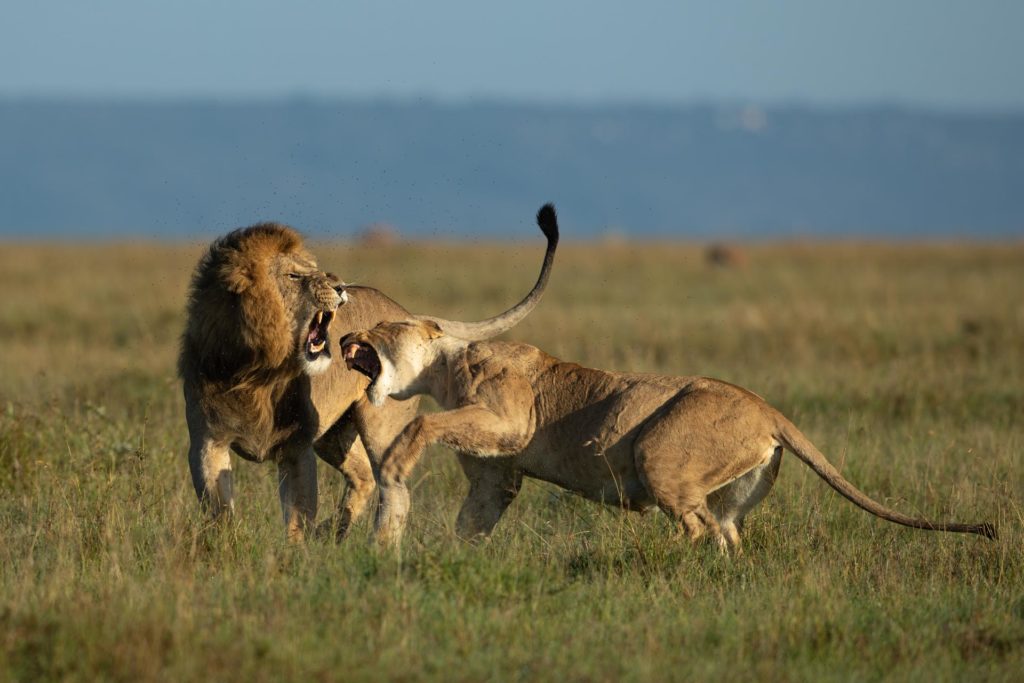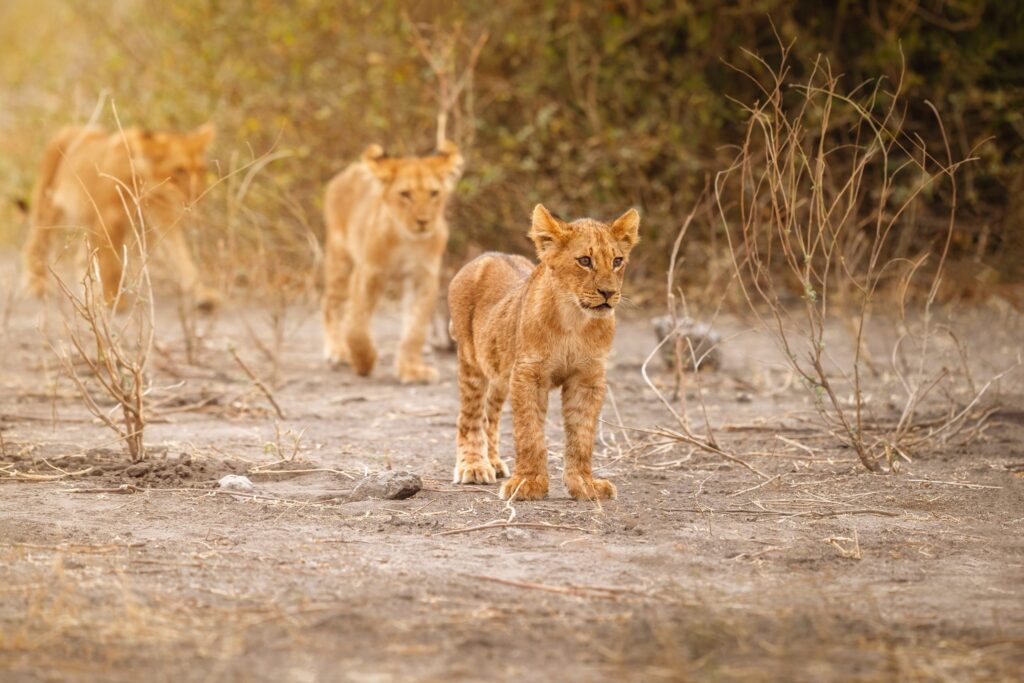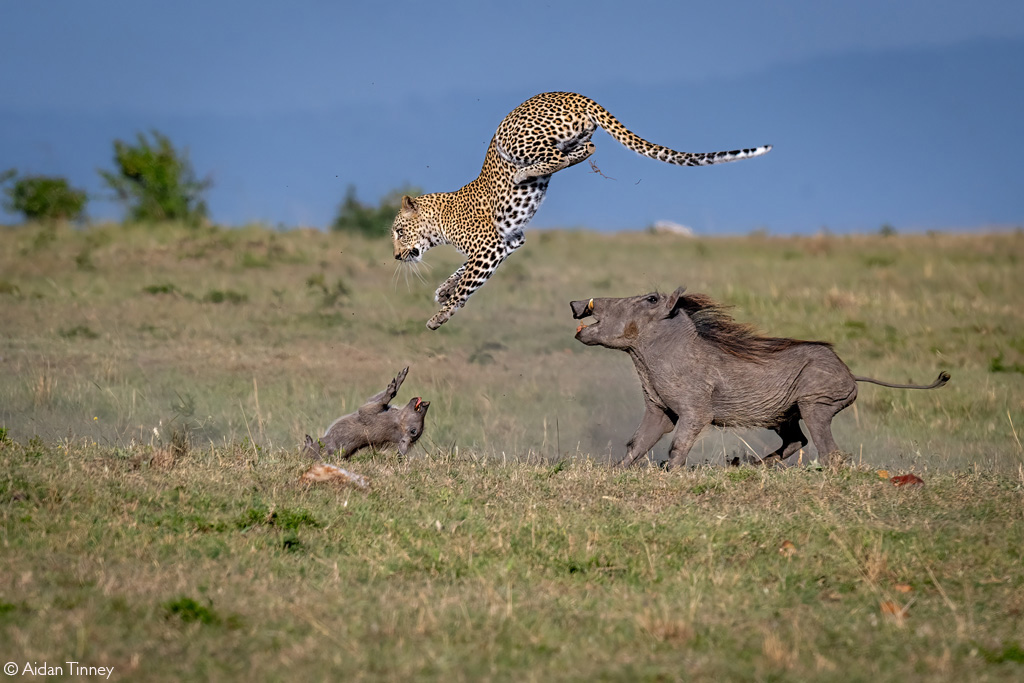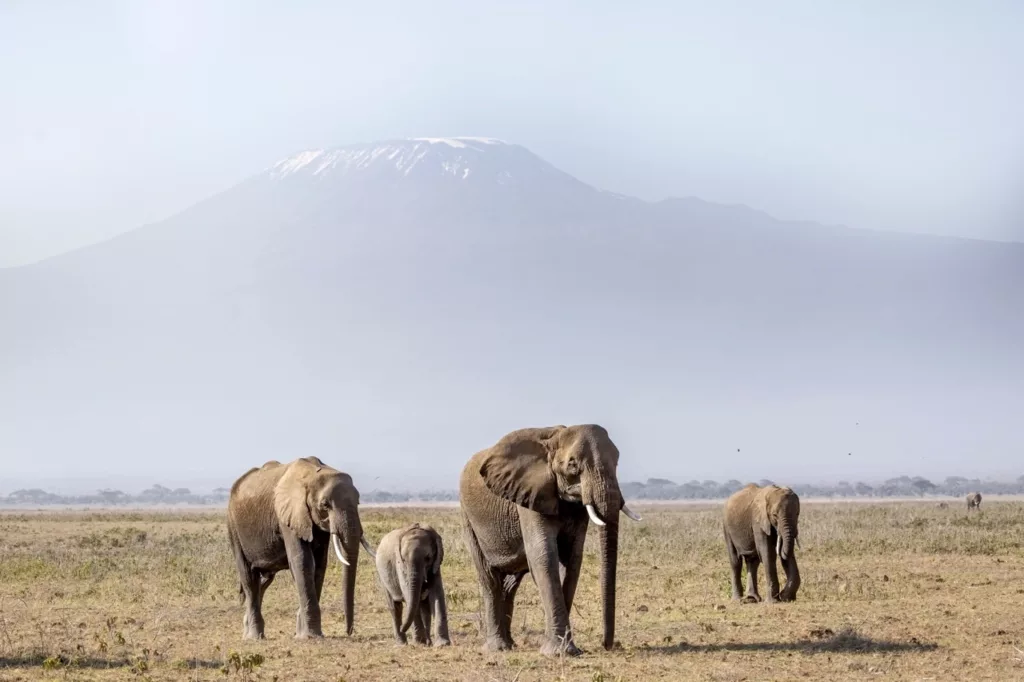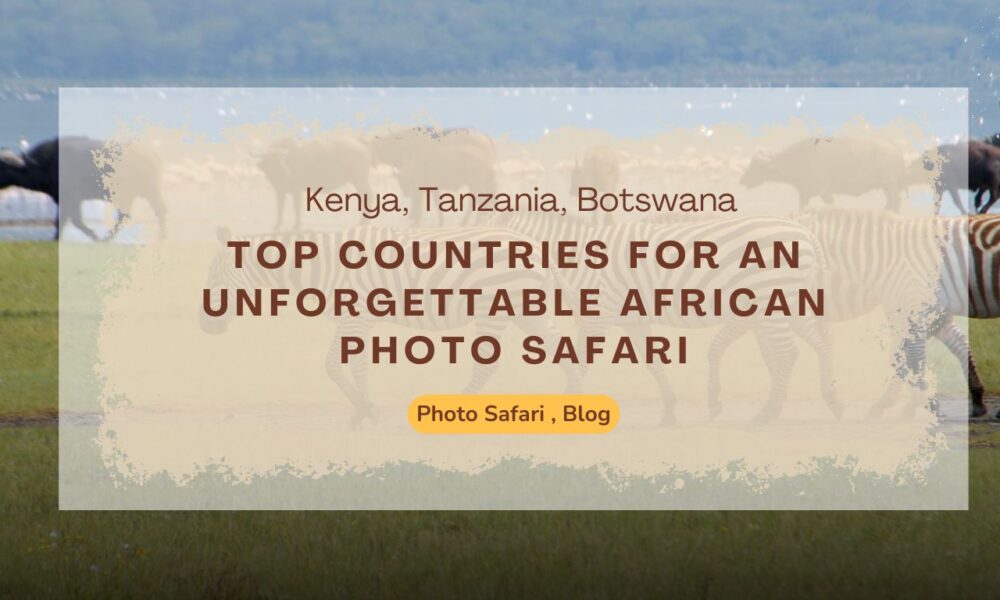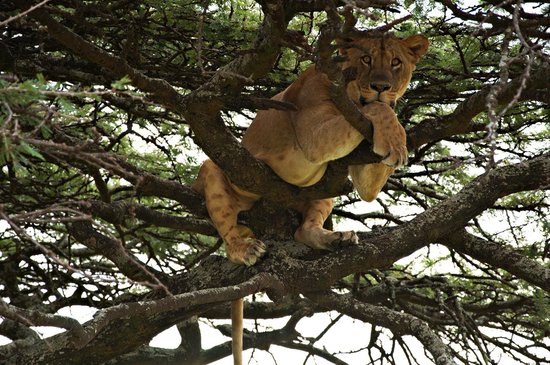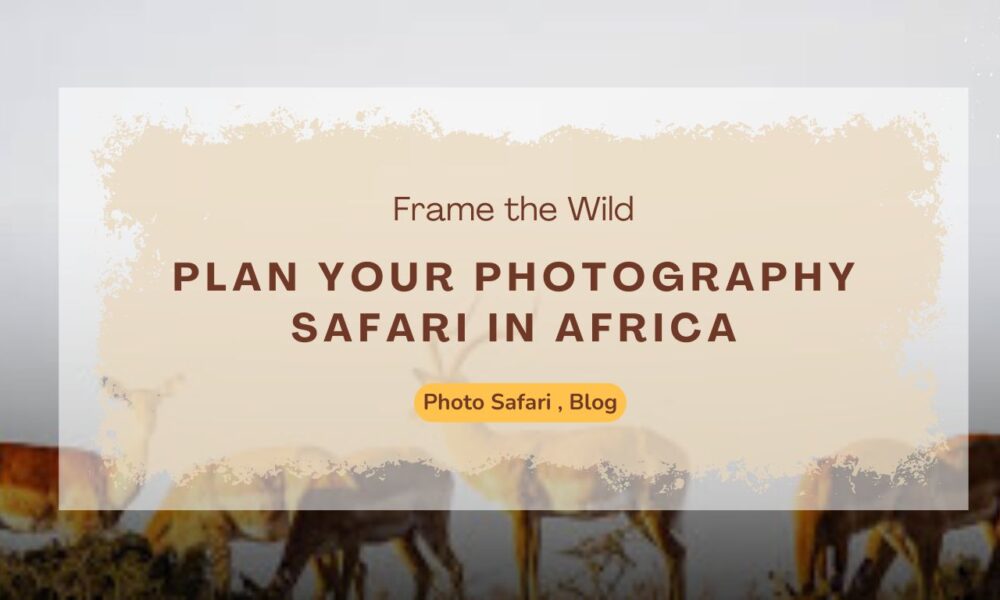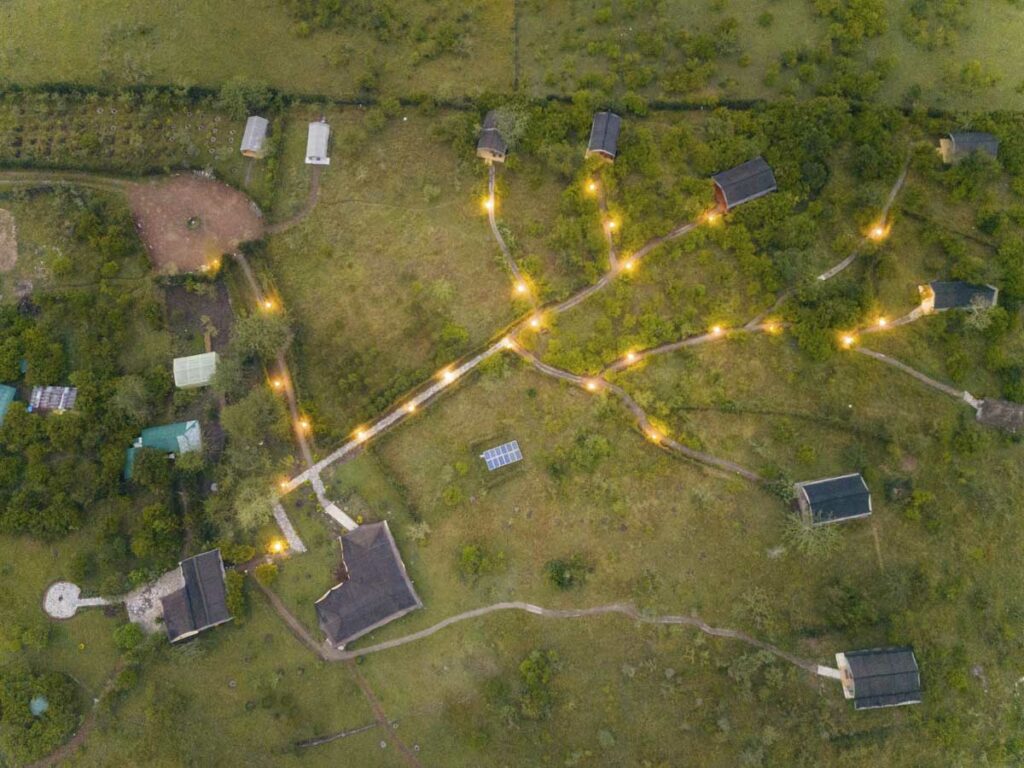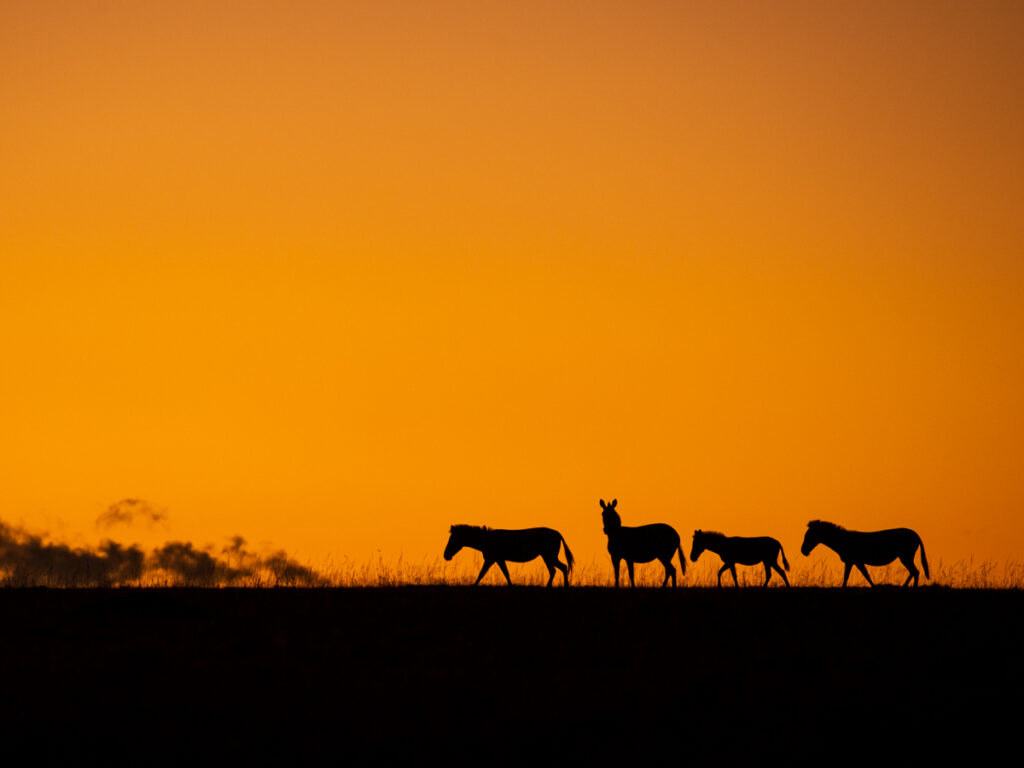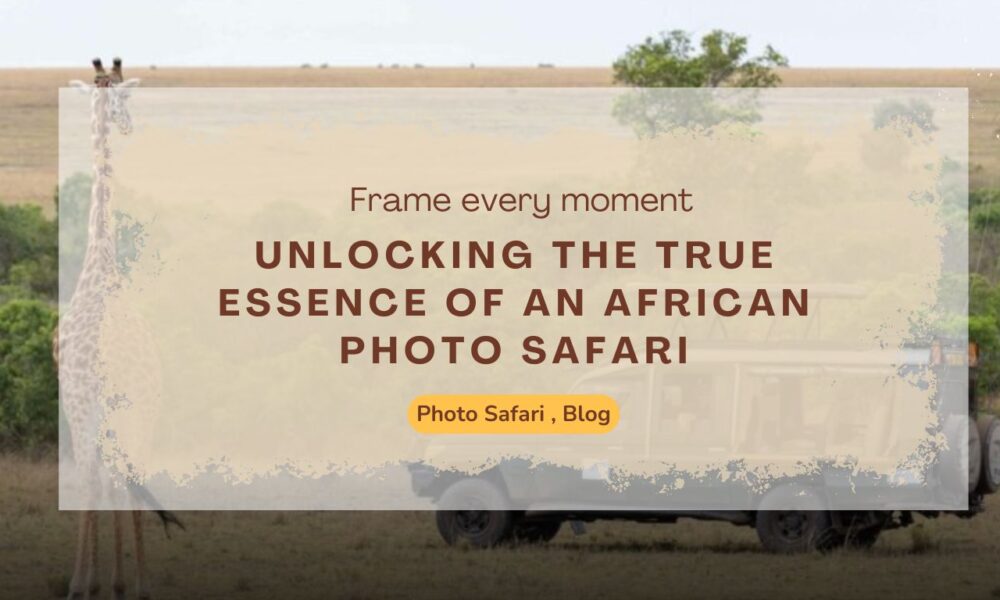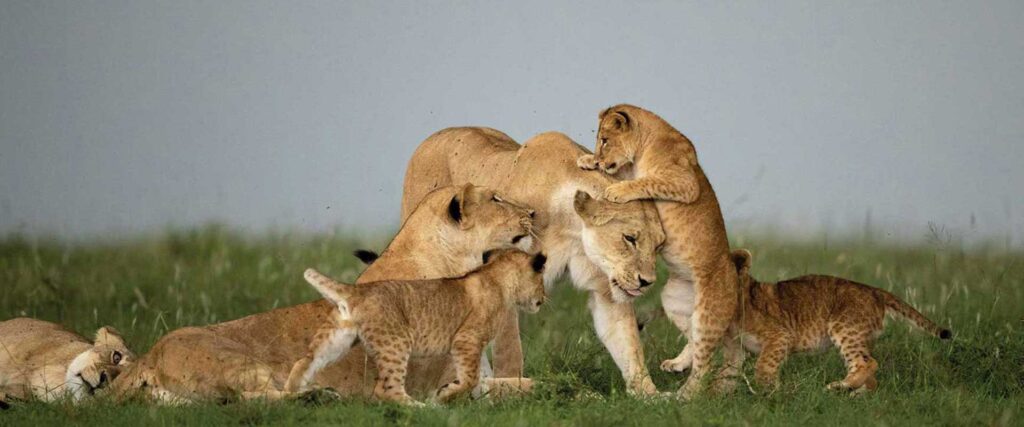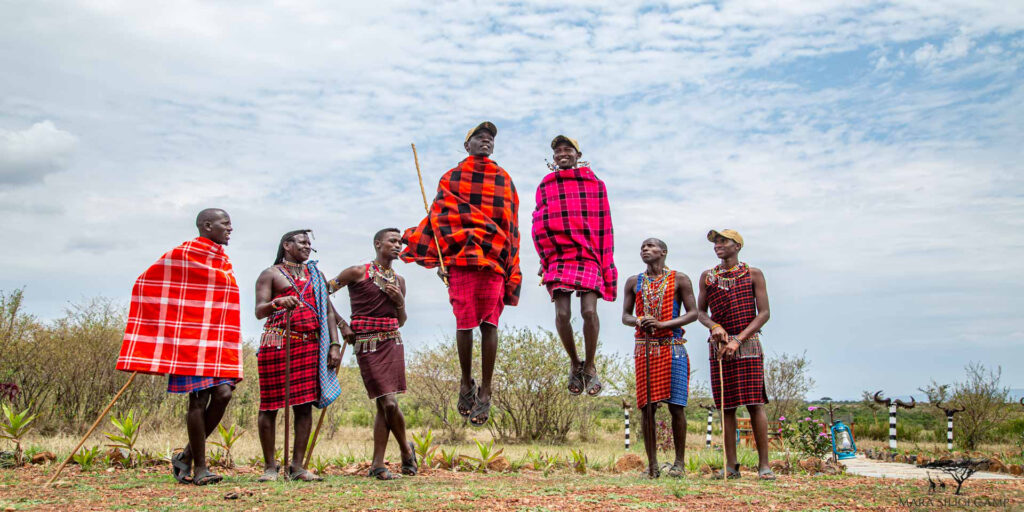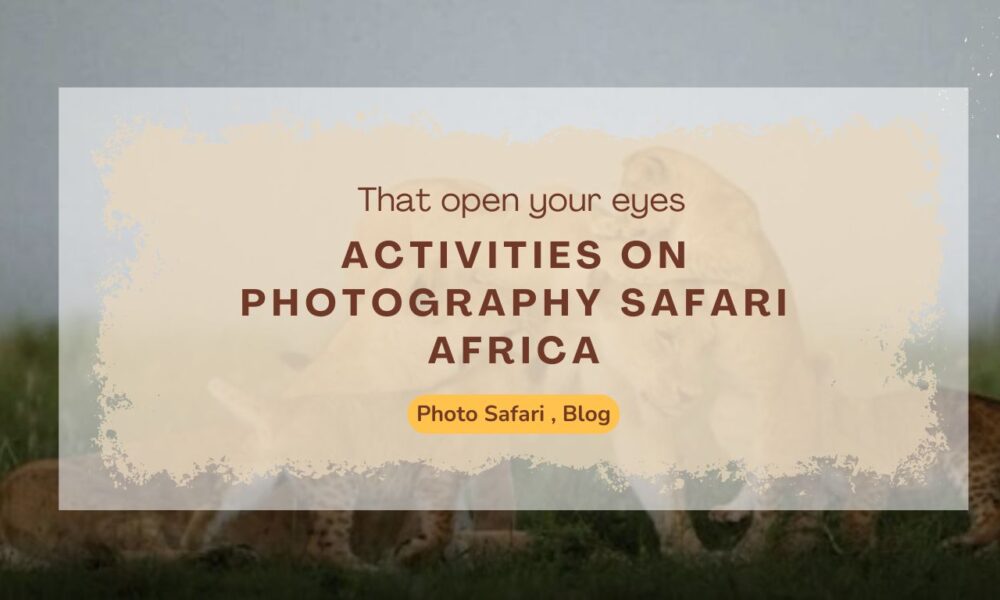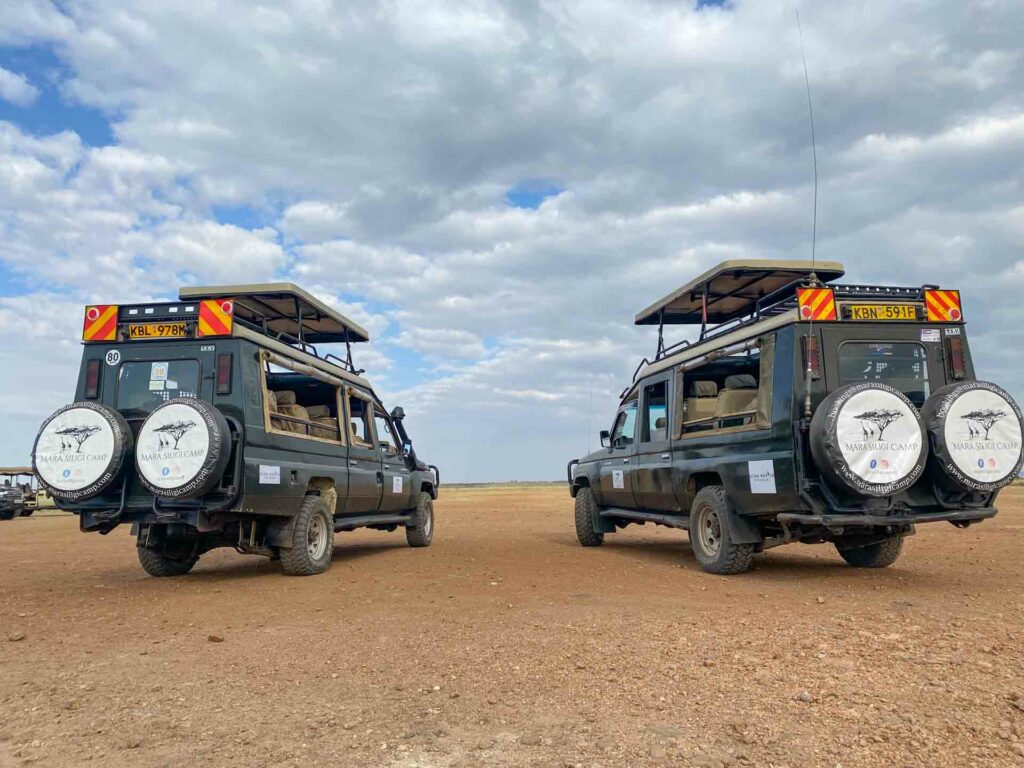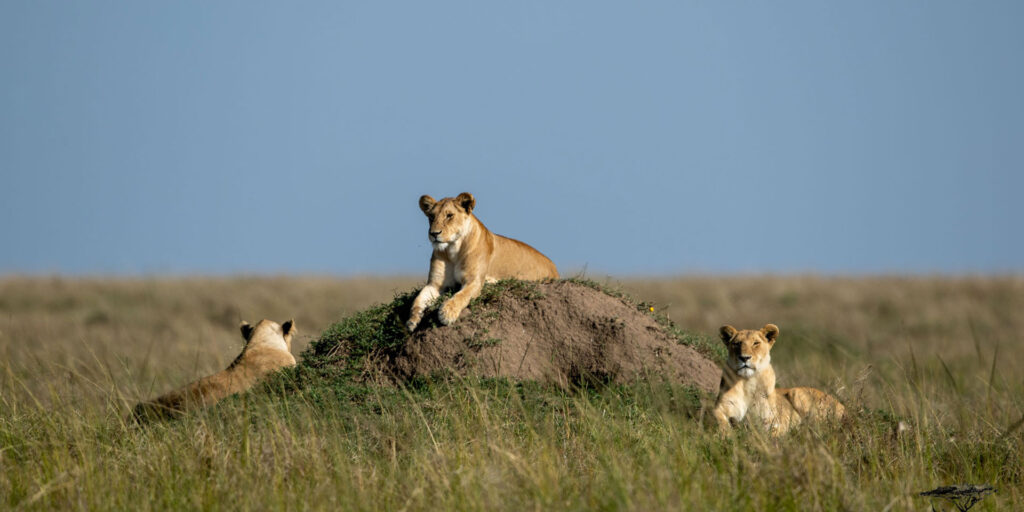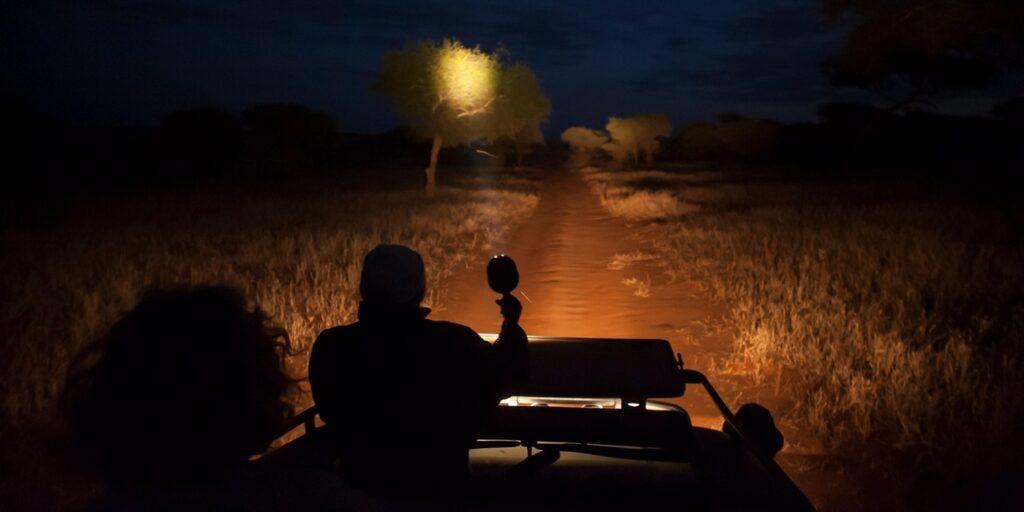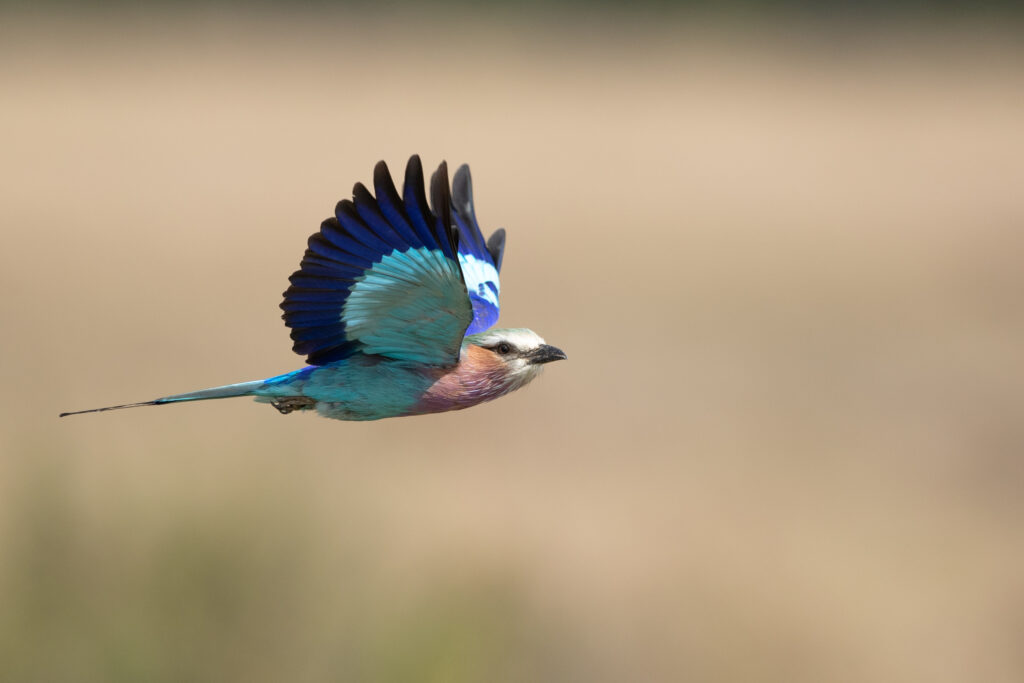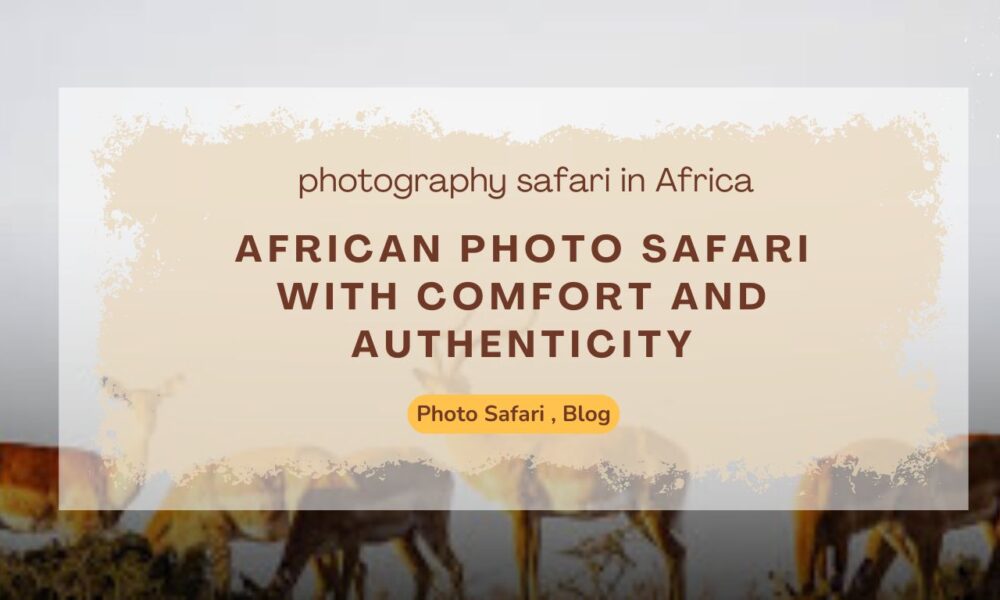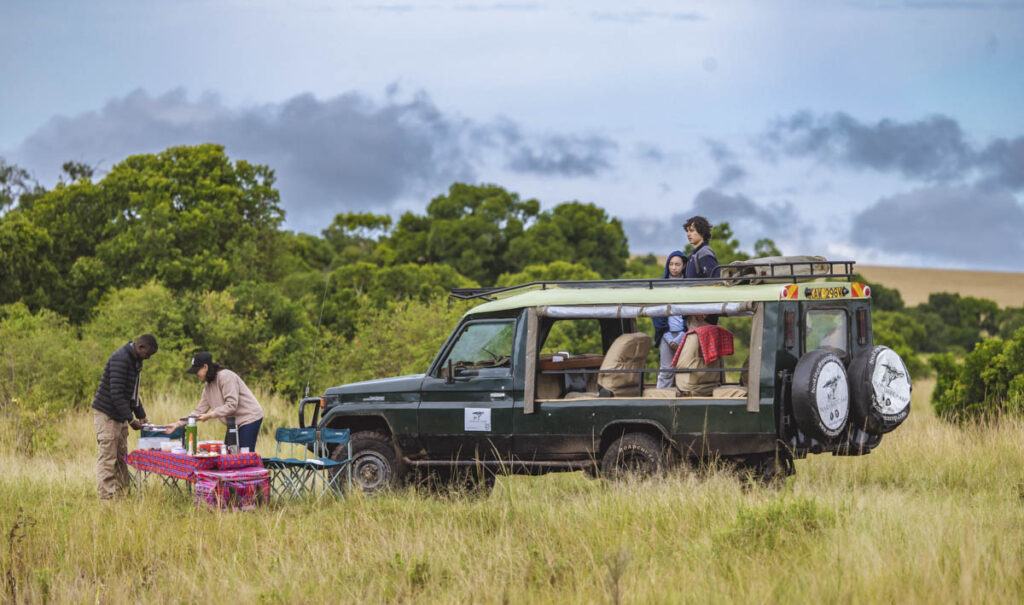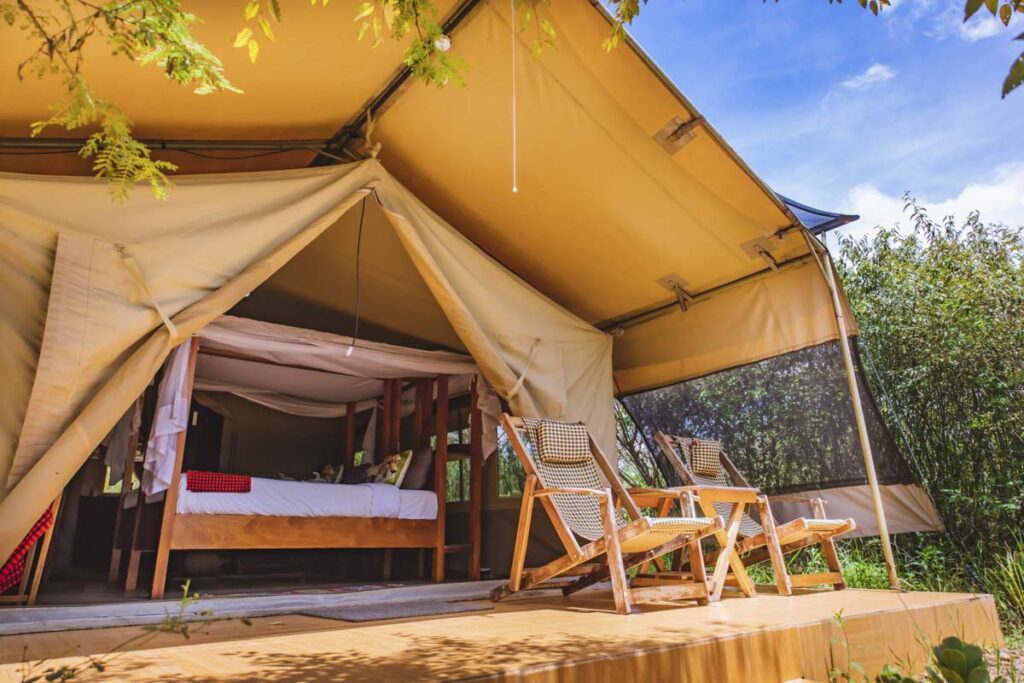Not everyone can spend weeks on safari — and honestly, you don’t have to. With the right plan, a 3-day Masai Mara photography tour can still deliver jaw-dropping shots and unforgettable wildlife encounters.
As someone who lives and photographs in the Mara year-round, I’ve fine-tuned this itinerary for photographers like you — those who want meaningful time behind the lens, even if you’re short on days. Whether you’re adding this to a longer African trip or sneaking in a creative escape, this format is focused, intentional, and deeply rewarding.
This guide will walk you through how to make the most of your Masai Mara photography tour package — with day-by-day breakdowns, gear tips, and what makes this experience at Mara Siligi Camp uniquely photographer-friendly.
Table of Contents
- Why a 3-Day Masai Mara Photography Tour Works
- Your 3-Day Masai Mara Photography Tour Itinerary
- What Makes This Tour Unique
- What’s Included in the Package
- What You’ll Need to Pack
- Final Thoughts
Why a 3-Day Masai Mara Photography Tour Works
Not everyone has two weeks to spare — and that’s perfectly okay. A 3-day Masai Mara photography tour itinerary can still deliver incredible photo opportunities when crafted with the right locations, timing, and guidance. Over the years, I’ve learned how to help photographers make the most of a short trip — without feeling rushed or missing key moments.
designed this express-format Masai Mara photography tour for people like you — who want to capture Africa’s most iconic wildlife in golden light, but need to fit it into a tighter schedule. Whether you’re visiting Kenya on a longer trip or flying in just for a few days, this short photography safari in Masai Mara lets you experience everything from lion cubs and leopard sightings to dramatic skies and silhouettes.
What makes this 3-day experience different is the quality of time spent behind the lens. At Mara Siligi Camp, we don’t just go on drives — we plan each outing around the light, animal behavior, and your photographic goals. With game drives at golden hour, a vehicle customized for photography, and small group sizes (only 4 per vehicle), you’ll get space, flexibility, and expert guidance that really makes your time count.
This isn’t a rushed sightseeing tour — it’s a focused, high-impact Masai Mara photography tour package designed to help you come back with memorable, publish-worthy images and stories that stay with you.
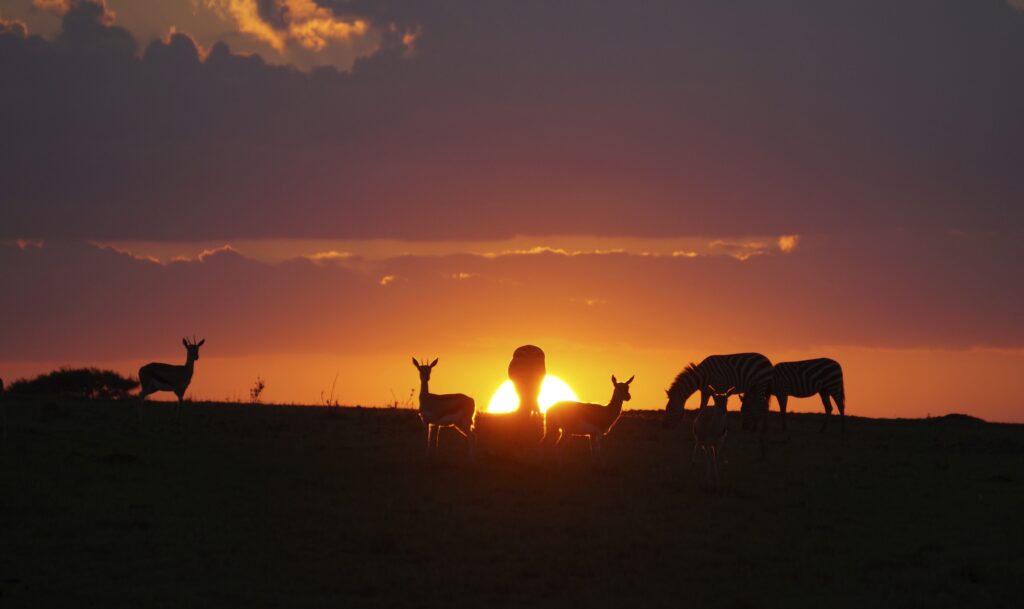
Your 3-Day Masai Mara Photography Tour Itinerary
If you’re looking for a quick but high-impact photography safari in the Masai Mara, this itinerary is built just for you. Based at Mara Siligi Camp, right near Talek, this experience gives you access to the most iconic wildlife locations with the light, timing, and freedom photographers need
Here’s how a 3-day Masai Mara photography tour package unfolds:
Day 1: Arrival & Golden Hour Game Drive
- Arrive at Mara Siligi Camp by noon — set in the Talek region, just minutes from lion and leopard territories.
- After a light lunch, get a quick briefing, prep your gear, and settle into the rhythm of the wild.
- Your first photography-focused game drive starts around 4:00 PM — timed perfectly for that golden evening light.
- We’ll track big cats and scout open plains for dramatic low-angle compositions.
Back at camp, unwind with dinner and join an optional intro session on Lightroom or tips on composition by the campfire.
Day 2: Full-Day Safari & Image Review
- Start with a 6:00 AM morning game drive — ideal for soft lighting and active wildlife moments.
- Focus areas include: cheetahs in action, birds in flight, and elephant herds in the mist.
- Return midday for rest, gear maintenance, and a post-processing session using your own images.
- After a quick recharge, head back out at 3:30 PM for an afternoon drive focused on your goals — whether that’s capturing cubs, dramatic skies, or predator-prey interaction.
- Optionally, visit a local Maasai village for a respectful portrait and culture-based shoot.
Evening ends with a photo review and creative discussion — where we’ll refine your shots and talk about story-building.
Day 3: Sunrise Drive & Departure
- Early game drive at sunrise — perfect for silhouettes or catching predators on the move.
- Enjoy a bush breakfast as the savannah wakes up around you.
- Return to camp, freshen up, and check out for your transfer back to Nairobi or next destination.
Want more time to dive deeper?
This 3-day Masai Mara photography tour itinerary can easily be extended into a 5 or 7-day package — ideal for focused shoots like Great Migration photography tours, bird photography safaris, or private one-on-one mentoring
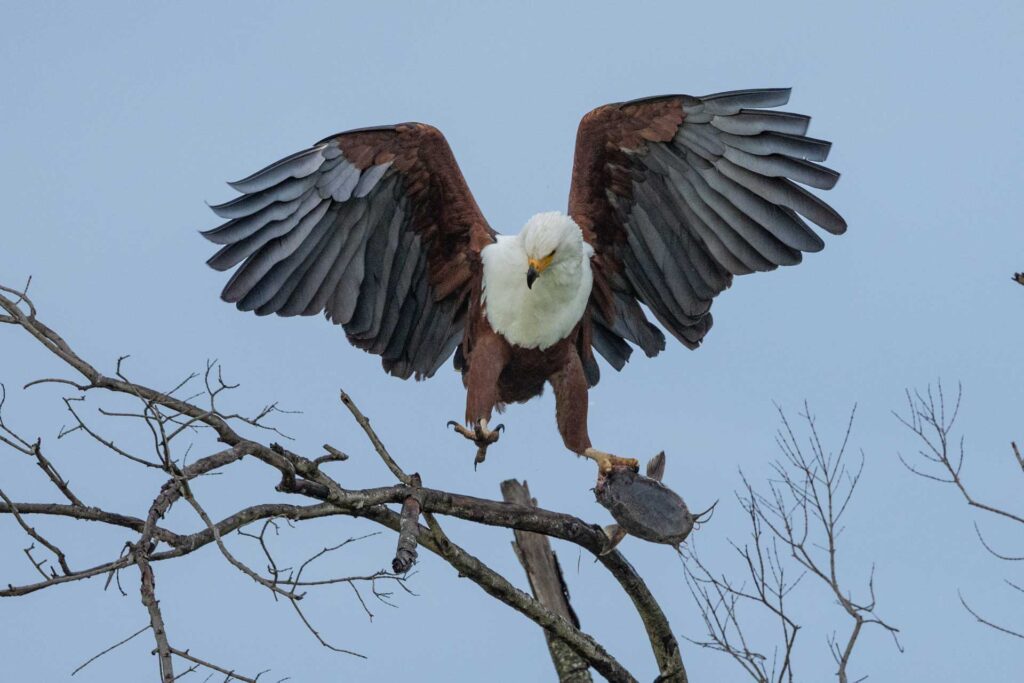
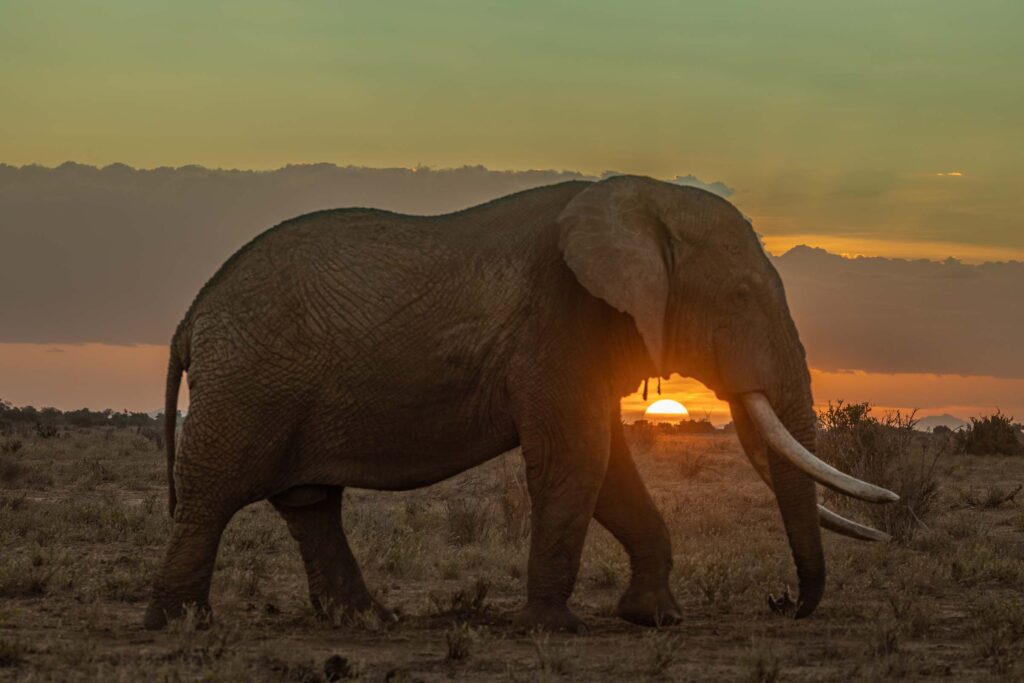

What Makes This Tour Unique
There are plenty of Masai Mara photography tour packages out there — but not all are built with photographers in mind. I’ve designed this experience to help you get the kind of shots that stay with you long after you’ve left the Mara.
Here’s what sets this Masai Mara photography tour apart:
- Timing is everything
We don’t follow a fixed tourist schedule. Every game drive is planned around golden hour light and wildlife behavior — because that’s when the magic happens. - Photographer-first vehicles
You’ll be in an open-sided 4×4 custom-fitted for photography — complete with beanbags, low-angle doors, and space to shoot comfortably on either side. - Small groups, big creative space
Only four photographers per vehicle, so you never have to jostle for the perfect shot. Everyone gets their moment. - Mentorship throughout the tour
From field techniques and composition to post-processing sessions using Lightroom, I’m with you every step of the way — tailored to your experience level. - Unmatched location access
Mara Siligi Camp sits right near the Talek region, giving us quick access to both the Masai Mara National Reserve and surrounding private conservancies — so we’re always near the action.
Ready to experience a photography tour designed with you in mind? Let’s turn your vision into powerful, soulful wildlife frames.

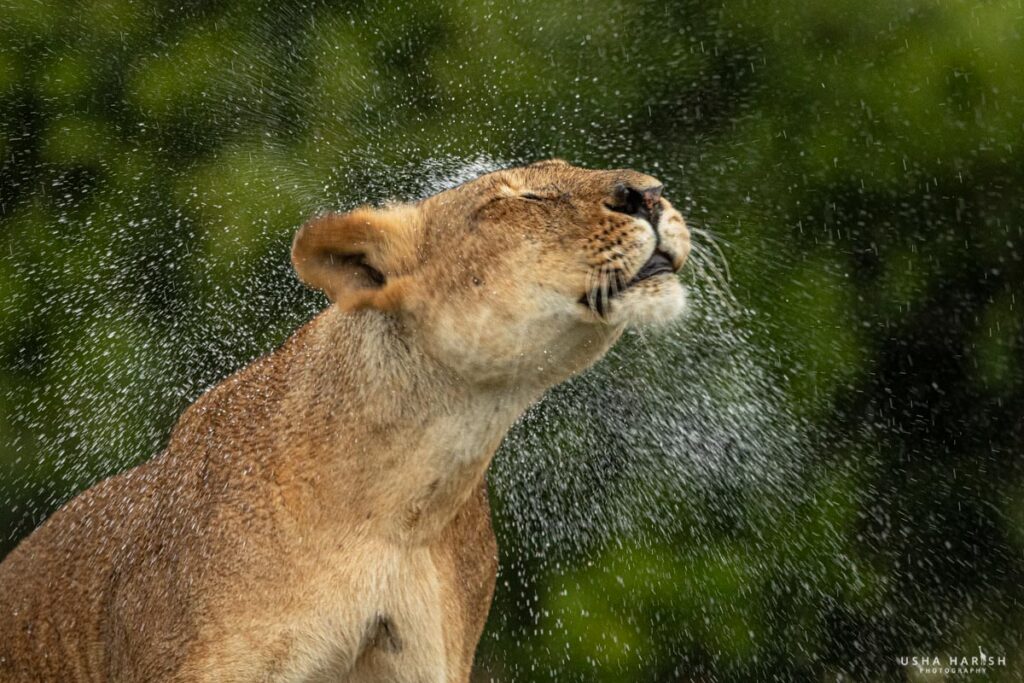
What’s Included in Your 3-Day Photography Safari Package
When you join me for a 3-day Masai Mara photography tour at Mara Siligi Camp, I want you to focus on one thing: capturing powerful, unforgettable images. Everything else? Already taken care of.
Here’s what’s included in your Masai Mara photography tour package:
- Full-board stay at Mara Siligi Camp
Your accommodation includes all meals — breakfast, lunch, and dinner — so you can stay fueled for your drives and editing sessions. - Daily game drives in custom photography vehicles
Explore the Mara in open-sided 4x4s designed with photographers in mind — complete with beanbags, low-angle access, and enough room to move and shoot. - Just 4 guests per vehicle
No crowding, no camera clashes — just space and time to focus on your frame. - In-field photography guidance
we’ll be there with you — offering tips on composition, light, timing, and storytelling. - Post-processing discussions at camp
We’ll review your images over tea or by the fire — walking through Lightroom techniques and creative direction to elevate your shots. - Nairobi transfers
Roundtrip ground transportation from Nairobi is included — making your journey easy and seamless. - Camera beanbags
Provided in every vehicle for image stability and ease
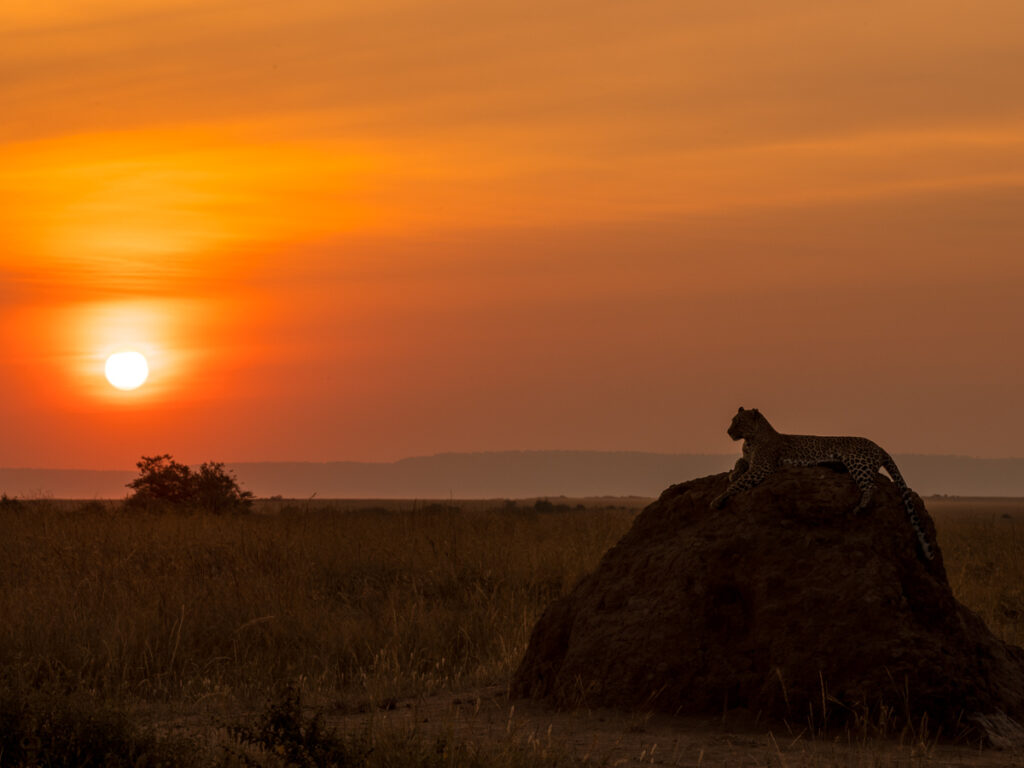
What’s not included:
- Masai Mara National Reserve & conservancy entry fees
These vary based on season and duration — we’ll guide you through the details when booking. - Airfare (international or domestic)
Travel insurance, personal expenses, or gear rental
(Need a lens or camera? Just let me know — we can arrange rentals on request.)
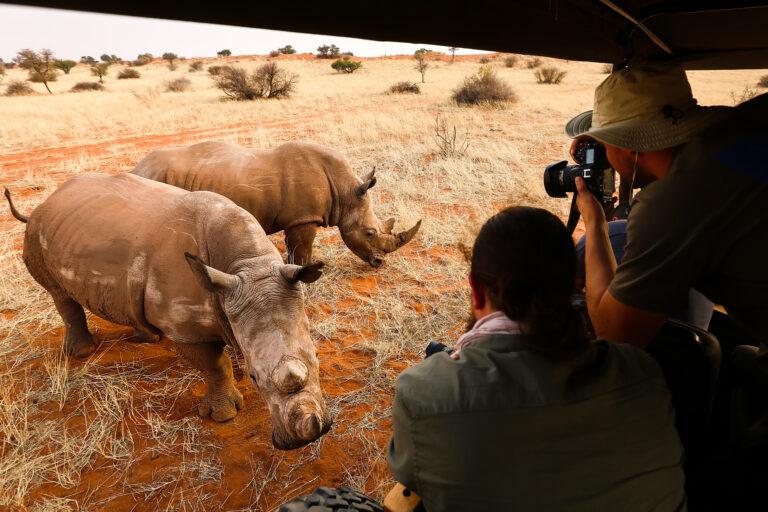
What You’ll Need to Pack for Your Masai Mara Photography Tour
Packing smart makes all the difference on a 3-day Masai Mara photography tour. With limited time and high-impact moments, being prepared means you won’t miss a single shot. Here’s what I personally recommend for photographers heading out on one of our Masai Mara photography tour packages at Mara Siligi Camp.
Camera Gear:
This is where the magic happens — your tools to tell the Mara’s story.
- DSLR or mirrorless camera body
- Telephoto lens (300mm or more is ideal for wildlife shots)
- Wide-angle lens for capturing landscapes and sweeping scenes
- Extra batteries and memory cards — you’ll shoot more than you think
- Rain covers and microfiber cloths to protect your gear from dust and drizzle
- Lens cleaning kit — the Mara can get dusty, especially on long drives
Essentials for Comfort & Focus:
Being comfortable means you’ll stay sharp in the field.
- Neutral-toned safari clothing — blends better into the wild and doesn’t distract animals
- Lightweight fleece or jacket — mornings can be surprisingly cold
- Hat, sunscreen, and sunglasses — the African sun is no joke
- Power bank or universal adapter — charging stations are available at camp
- Notebook or image log (optional, but great for planning shots and reviewing progress)
Need help with gear?
Let me know ahead of time — we can arrange camera and lens rentals if you need backup or don’t want to travel heavy.
Final Thoughts
Even in just three days, the Masai Mara has a way of shifting your perspective — not just through your lens, but in your heart. Whether you’re tracking big cats at golden hour, photographing birds in flight, or catching the drama of the Great Migration, every frame becomes a memory that stays with you long after you leave.
That’s exactly why I designed Mara Siligi Camp — for photographers like you. A space where every game drive is planned around light, every detail is geared toward creativity, and every moment behind the camera is supported by experience and intention.
Come for this 3-day Masai Mara photography tour — and let’s turn those fleeting moments into lasting stories.
Learn more at UshaHarish.com

